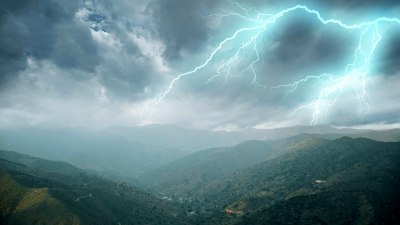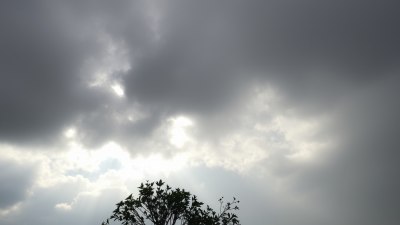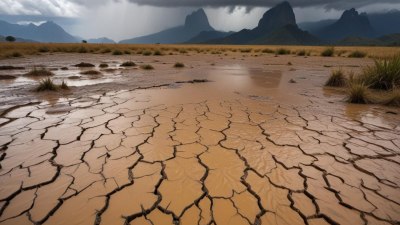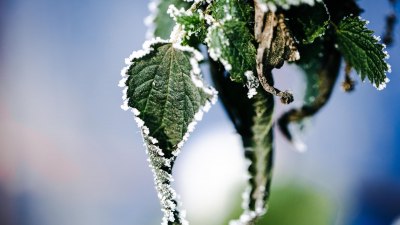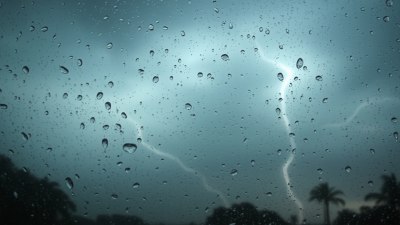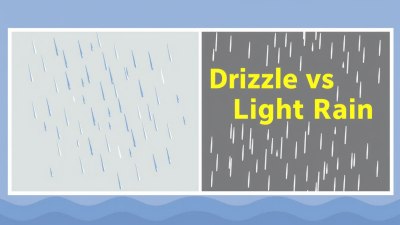Why Some Snow Looks Like Tiny Pellets
Discover why some snow forms into tiny pellets and its implications for weather and winter activities.

Snow is a natural phenomenon that fascinates many, especially when it comes in various forms. While most people are accustomed to the delicate, powdery flakes that gently blanket the ground, another type of snow captures attention: ice pellets. Known scientifically as sleet, these small, round pellets can often be mistaken for hail but differ substantially in formation and characteristics. Understanding why some snow looks like tiny pellets requires delving into meteorological processes, atmospheric conditions, and the science behind snow formation.
What Are Ice Pellets?
Ice pellets, or sleet, are formed when raindrops or supercooled water droplets fall through a layer of cold air that freezes them before reaching the ground. The result is small, hard pellets of ice that can be transparent or translucent, often resembling small balls or beads. They can vary in size, typically ranging from 0.2 to 5 millimeters in diameter. While they may look similar to hailstones, they differ in that hail forms during intense thunderstorms and is larger and denser. Ice pellets occur more frequently in winter conditions and are commonly associated with weather systems that produce freezing rain.
The Formation Process
The formation of ice pellets begins with a combination of warm and cold air masses. When warm air from the southwest encounters a layer of cold air, it rises and cools, leading to condensation. If the temperatures are warm enough, precipitation will fall as rain. However, if this precipitation enters a colder layer of air while descending towards the surface, it can freeze into small ice pellets before reaching the ground. The freezing process can be influenced by several factors, such as temperature inversions and the thickness of the colder air layer beneath the precipitation. Temperature inversions occur when warmer air traps colder air at the surface, creating a scenario favorable for sleet formation.
Atmospheric Conditions
Specific atmospheric conditions can enhance the formation of ice pellets. For instance, a typical scenario involves a low-pressure system bringing warm air above a colder air mass. As precipitation develops in the warm layer, the droplets can become supercooled. When they collide with the colder air, they freeze upon contact, resulting in the ice pellets that make up this unique type of snow. Meteorologists often use weather radar to anticipate conditions that lead to sleet, helping predict winter weather impacts on travel and public safety.
Impact on Weather Forecasts
The occurrence of ice pellets has significant implications for weather forecasts. Meteorologists rely on understanding the processes behind their formation to warn the public about hazardous conditions. Unlike traditional snow, which accumulates softly and creates a cushion on the ground, ice pellets can create hazardous surfaces by forming a slick glaze over roads and walkways. It can lead to dangerous driving conditions, slip-and-fall accidents, and interruptions in daily activities. Accurate forecasting of ice pellets is crucial for communities to prepare for and respond to winter weather challenges.
Differences Between Snow and Ice Pellets
While both snow and ice pellets are forms of precipitation, several key differences separate them. Snow is composed of crystalline ice, forming unique snowflakes that can vary in structure depending on temperature and humidity conditions. Snowflakes can accumulate to create soft, fluffy snowdrifts, perfect for winter recreation activities like skiing and snowball fights. Ice pellets, on the other hand, are denser and harder, creating an entirely different texture. Where snow forms and settles softly, ice pellets provide a crunchy, often slippery surface. This distinction affects everything from how the material interacts with the environment to how people experience winter weather.
Winter Weather Implications
The presence of ice pellets can significantly impact winter weather activities. Ski resorts and outdoor recreation areas often prefer standard snowfall, which allows for better skiing, snowboarding, and other winter sports. Ice pellets may not provide the soft, recoverable snowpack needed for such activities, leading to poor conditions and decreased satisfaction among enthusiasts. Additionally, the presence of ice can complicate snow removal efforts, as plowing systems must adjust to the harder, slick conditions created by frozen precipitation.
Visual Characteristics and Perception
In terms of aesthetics, the visual characteristics of ice pellets differ from traditional snowfall. While snowflakes create a soft, white blanket that glimmers in the sunlight, ice pellets can present a more granular, uneven appearance when they coat the ground. Sleet tends to bounce and scatter upon impact rather than accumulate, which can lead to a visually distinctive winter scene. For photographers and nature enthusiasts, capturing the difference between snow and ice pellets can become an intriguing challenge, leading to unique opportunities for nature observation.
Real-world Examples
Many regions across the world experience instances of ice pellets throughout winter. In the United States, areas such as the Northeast and the Midwest are particularly prone to this type of precipitation. Major winter storms in these regions often involve a mixture of snow, sleet, and freezing rain. Understanding the formations and impacts of these snowfall types is essential for residents and weather enthusiasts alike. The unpredictability of such weather requires careful attention to forecasts and readiness to adapt to rapidly changing conditions.
Understanding Climate Change
Recent research has indicated that climate change may significantly alter precipitation patterns, leading to fewer snow days and more occurrences of ice pellets in some regions. Changes in global temperatures can influence both the warm and cold air masses that interact during winter storms. As the climate continues altering, winter weather will be shaped by shifts in atmospheric dynamics, potentially leading to more frequent sleet events. This evolution in winter weather patterns presents challenges for community planning, infrastructure, and even local economies dependent on snow tourism.
In conclusion, the appearance of ice pellets instead of traditional snow can be explained through various meteorological processes and atmospheric conditions. Understanding the formation of these tiny ice balls is vital for accurate weather forecasting and assessing the impacts on winter activities. While some may prefer the soft, fluffy texture of snow, the real-world implications of sleet cannot be overlooked. As climate change continues influencing winter weather, maintaining an awareness of these changes will remain essential for individuals and communities alike.
